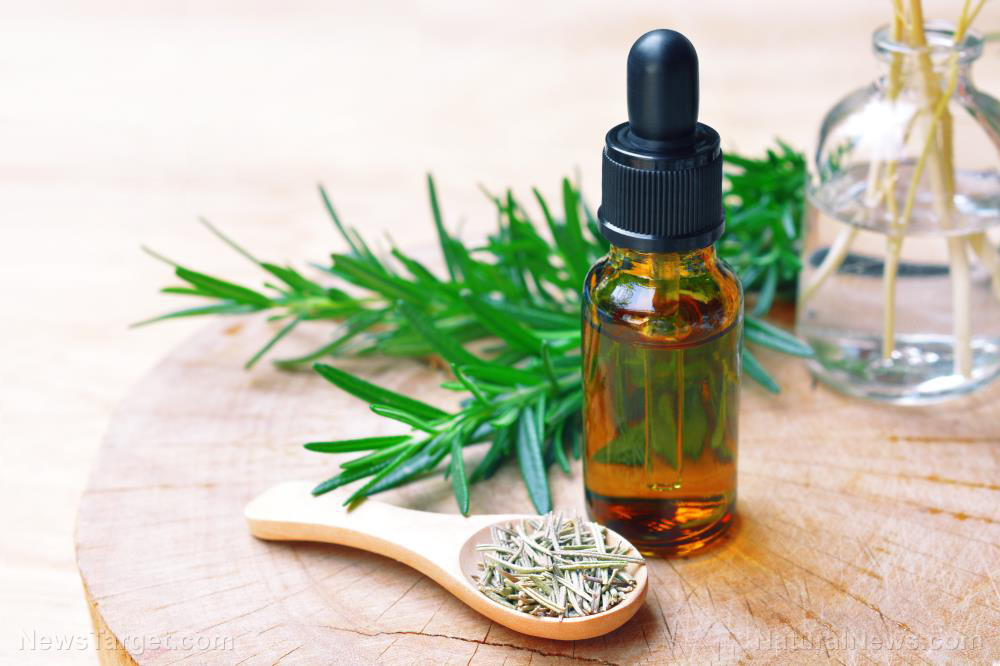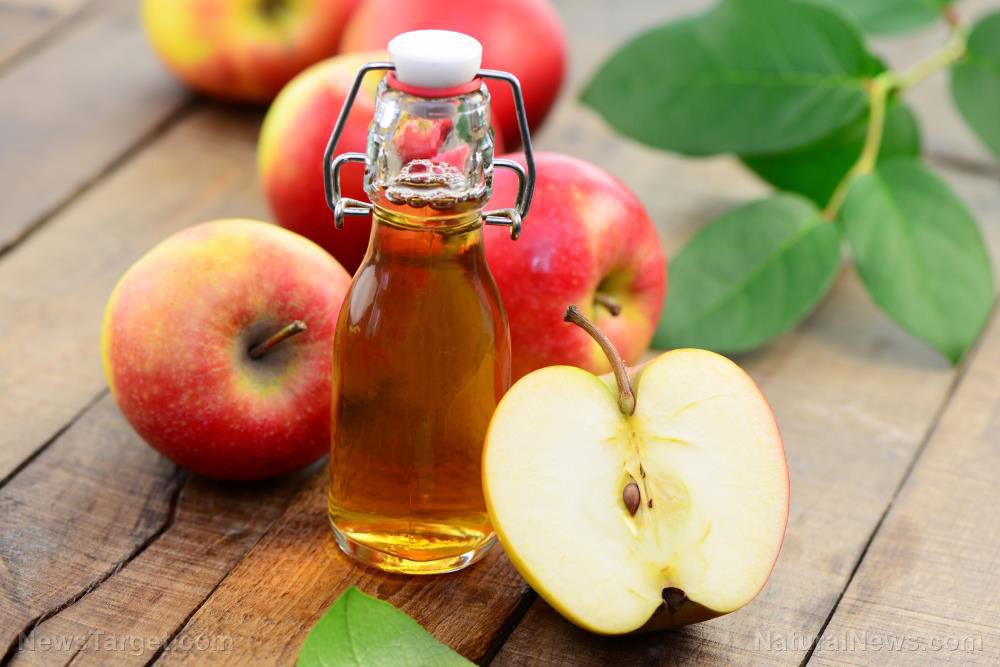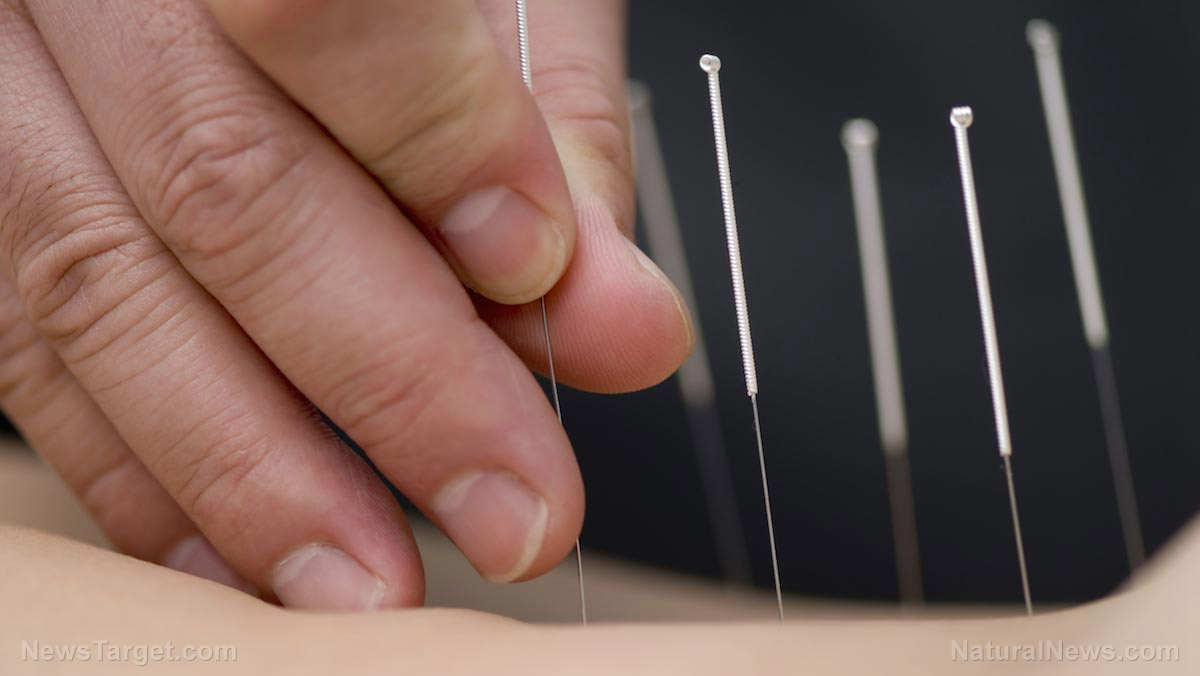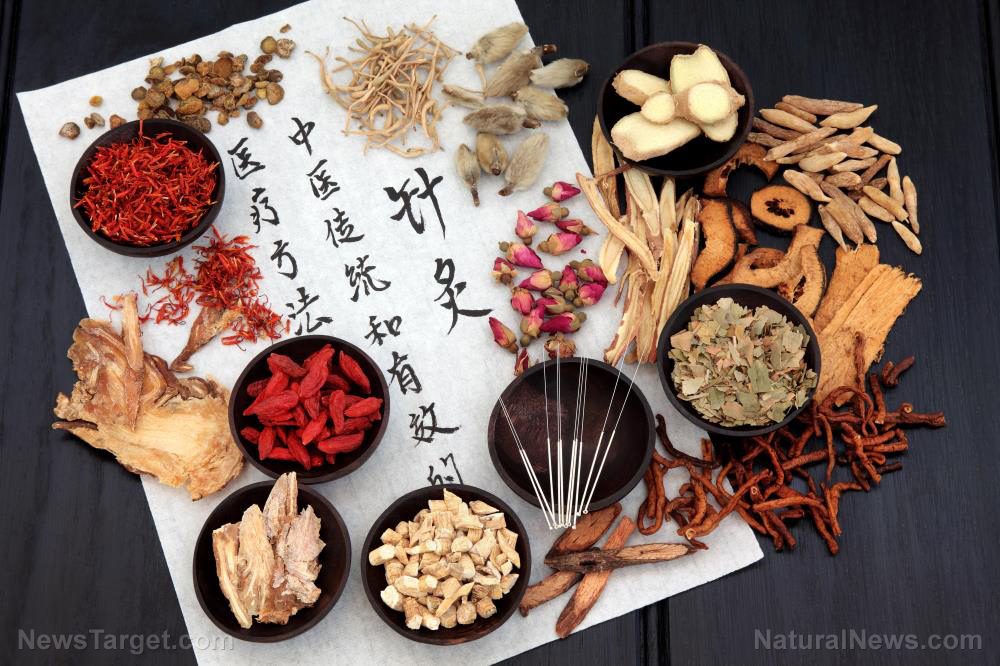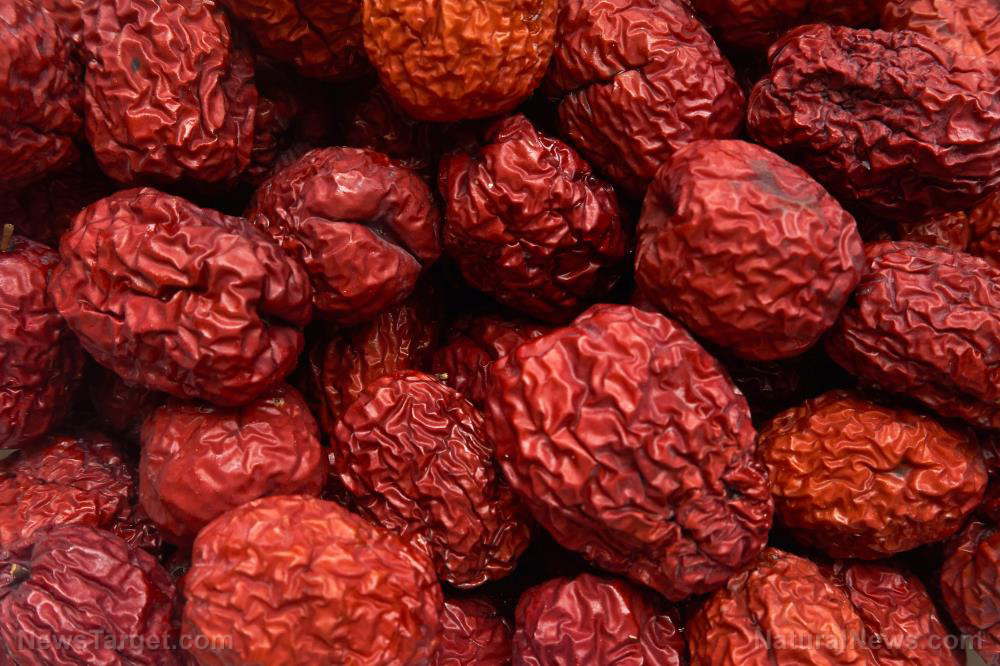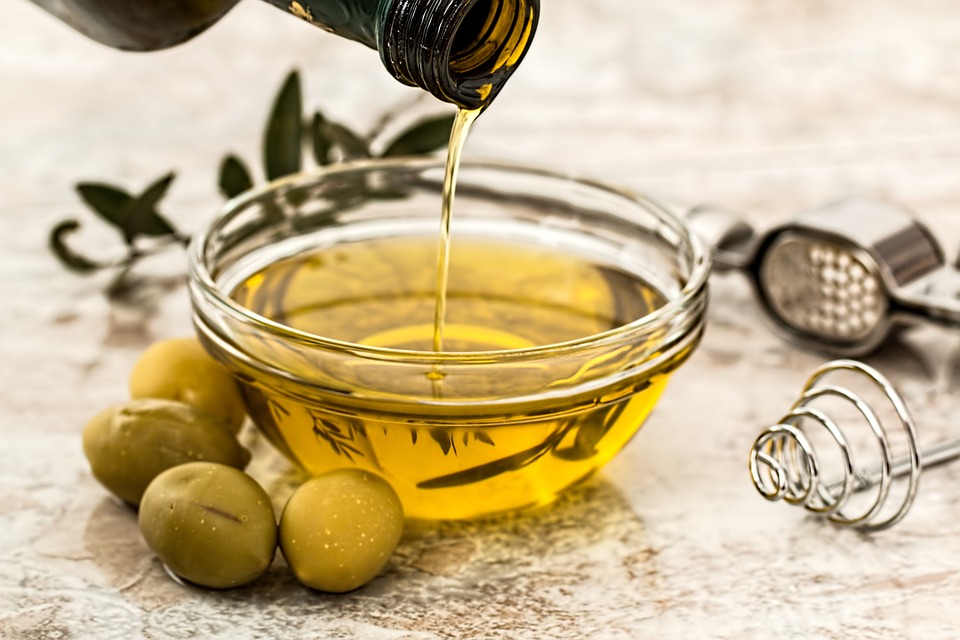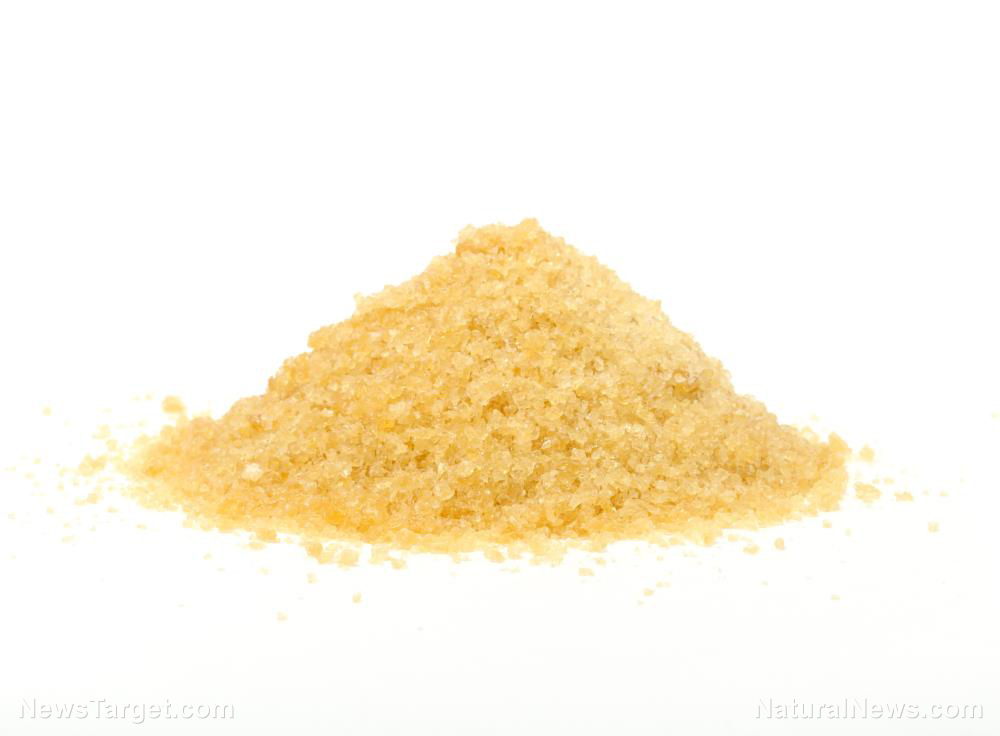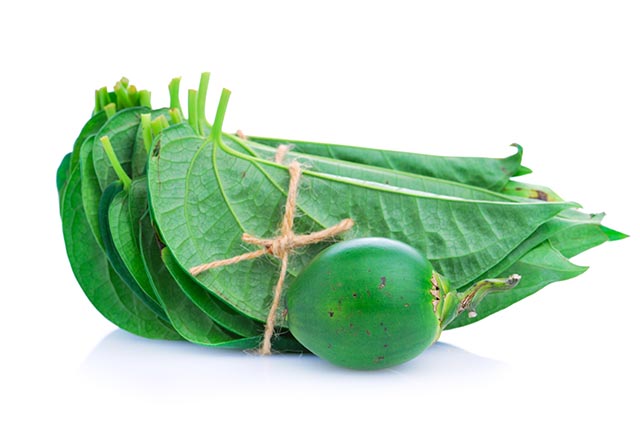Common thistle weed is a traditional folk medicine treatment for chronic joint diseases, including arthritis
04/12/2018 / By Ralph Flores

Don’t be quick to dismiss weeds as useless: According to an article published in the Journal of the American Herbalists Guild, the bull thistle (Cirsium vulgare) – commonly classified as a weed in most areas – can be used to treat chronic joint diseases. In the article, herbalist Matthew Alfs looks at various data to understand how the plant can be used to improve joints, tendons, and ligaments.
Chronic cases of arthritis, also known as spondyloarthropathy, refer to conditions that attack the spine and joints in the arms and legs. In some instances, these cases can involve the skin, intestines, and even eyes. However, a landmark symptom for spondyloarthritis is lower back pain.
Spondyloarthritis differs from other forms of arthritis since the site of inflammation is the entheses – the site where the ligaments and tendons attach to the bone. The primary site of the inflammation is the spine, but there are some cases where it may impact the extremities and cause bone destruction.
To treat the condition, unfortunately, would require the use of non-steroidal anti-inflammatory drugs or NSAIDs, which are known to cause a variety of dangerous side-effects.
Enter the bull thistle. Before it was classified as a pest, Native Americans long considered the plant a viable food source. For Nlaka’pamux (Thompson) Indians, they cooked and ate the freshly peeled roots or stored them for later use. Some used the leafstalks as water sources, as well as a “satisfying survival food.” It’s not just Native Americans who were fond of bull thistle. Research from the middle of the 20th century have said that the stem and the taproot are edible and delicious, provided that care is given so the springy stem will not damage the eyes upon preparation.
100% organic essential oil sets now available for your home and personal care, including Rosemary, Oregano, Eucalyptus, Tea Tree, Clary Sage and more, all 100% organic and laboratory tested for safety. A multitude of uses, from stress reduction to topical first aid. See the complete listing here, and help support this news site.
As for its therapeutic properties, the bull thistle has been used to treat bleeding piles and cancers. Others have also used it to manage nerve pain, and as a poultice for sore jaws. Moreover, the whole plant has been used as a steam treatment for joint problems such as rheumatism.
In the article, Alfs noted that bull thistle was not available in the market, so he had to prepare it manually. “This is best done by steeping the plant’s fresh leaves in enough 100-proof vodka to cover for two to three weeks,” he explained. “The dosage I have found most effective for bull thistle is 6-10 drops of this tincture per 20 pounds of body weight per day, spread among 2-3 doses per day.”
In the article, he presented several case studies that he worked on to support his claim on the effects of bull thistles.
One such case involved a 52-year-old woman who came to see him complaining of pain in the joints of her hands, wrists, and ankles. According to her physician, she explained, it was a severe case of rheumatoid arthritis. He gave her a tincture that had black cohosh (Actaea racemosa), prickly ash (Xanthoxylum americanum), white willow (Salix alba), and bull thistle to be taken three times a day. A follow-up three weeks later showed dramatic results: The woman reported that at least 80 percent of the pain and stiffness in her joints had disappeared. Subsequent follow-ups showed that she was able to go back to an outdoor career, which was held back with her arthritis.
As other cases reported similar results, Alfs explained the matter: “One effect I can postulate is that bull thistle serves as a powerful anti-inflammatory, even as some of the Native American applications summarized above would suggest. Various chemical analyses of this plant have been done and these have indeed yielded verified anti-inflammatory phytochemicals such as sterols/triterpenes and flavonoids.”
While the results point out the efficiency of the bull thistle in chronic arthritis, Alfs suggests that further studies be done to identify the exact process working behind this phenomenon.
Want to learn more plants that heal? Head over to Herbs.news today.
Sources include:
Tagged Under: alternative medicine, anti-inflammatory, arthritis, beneficial weeds, bull thistle, chronic arthritis, disease treatments, folk medicine, herbal remedies, Herbs, natural medicine, natural remedies, rheumatism, spondyloarthritis, spondyloarthropathy, traditional medicine, weeds



